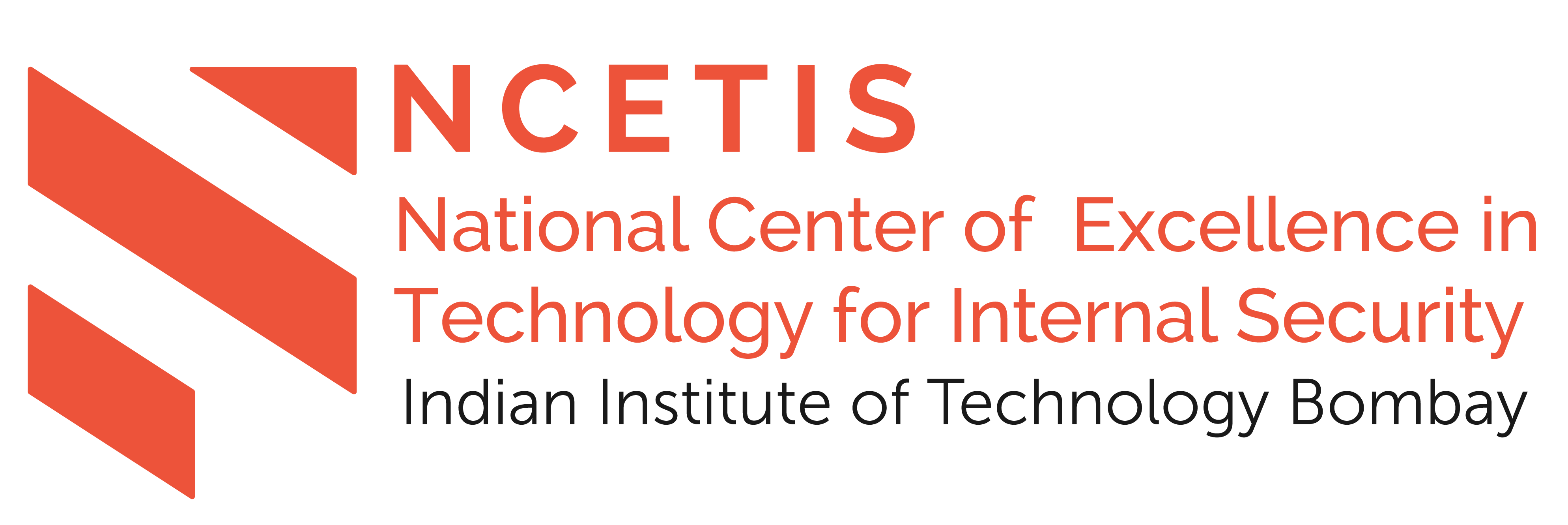Remotely Operated All-Terrain Vehicle
Prof. Anirban Guha
Medium Duty, Light Duty and BackPack Rovers are being developed with object handling capability. Capabilities like stair climbing, ramp climbing and traction in off-road environment exist.
The changing security scenario in our country has made the security of densely populated areas a significant area of concern. The security agencies need to deal with ever-changing and improvising threat factors that are capable of causing major disruptions to urban life with minimal risk to them. The role of a remotely operated ground vehicle (Rover) is vital in this context. It can be of immense use to security agencies in counter-terrorism and counter-insurgency operations. A Rover has two primary objectives – reconnaissance and recovery. The desirable traits of a Rover are determined by its primary mission objective. However, some of the commonly desired traits of a rover include its ability to traverse difficult terrain and extreme slopes, inspect suspicious objects (e.g. improvised explosive devices) with a robotic arm and give visual feedback to an operator away at a safe distance.

Based on an understanding of these requirements, three Rovers were built : 140 kg, 70 kg and 28 kg. Their major features include:
Features
• Inspect suspicious objects
• Give real time visual feedback from multiple cameras
• Climb steps
• Lift heavy objects
• Wireless control at 1 km outside the line of sight
Advantages
• Lower weight compared to imported Rover of similar capability
• Robust arm design: no jamming
• High weight lifting capability
• Stability
Status
• Field trials by Institute of IED Management, CRPF, Pune
• Field trials by NSG, Mumbai
• Used in live drill by NSG, Mumbai
Keeping in mind the design and other aspects of this rover, work is going on to design and develop Rovers of lower weight category. These can act as platforms for integration and deployment of various other devices e.g. night vision cameras and explosive detectors being developed in NCETIS.
